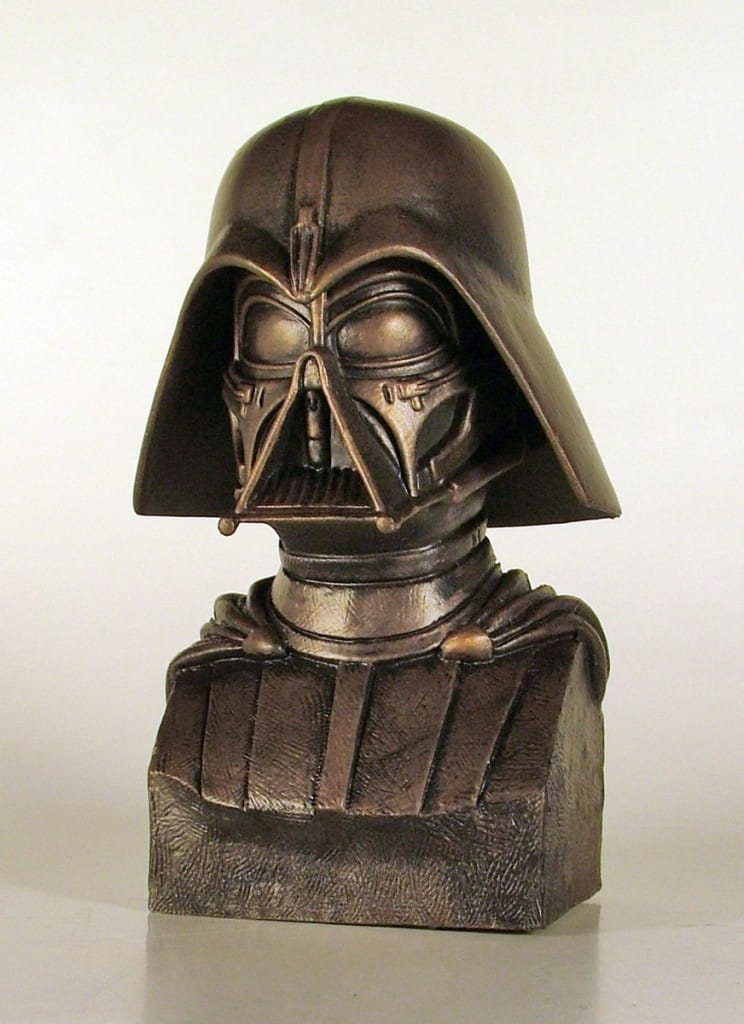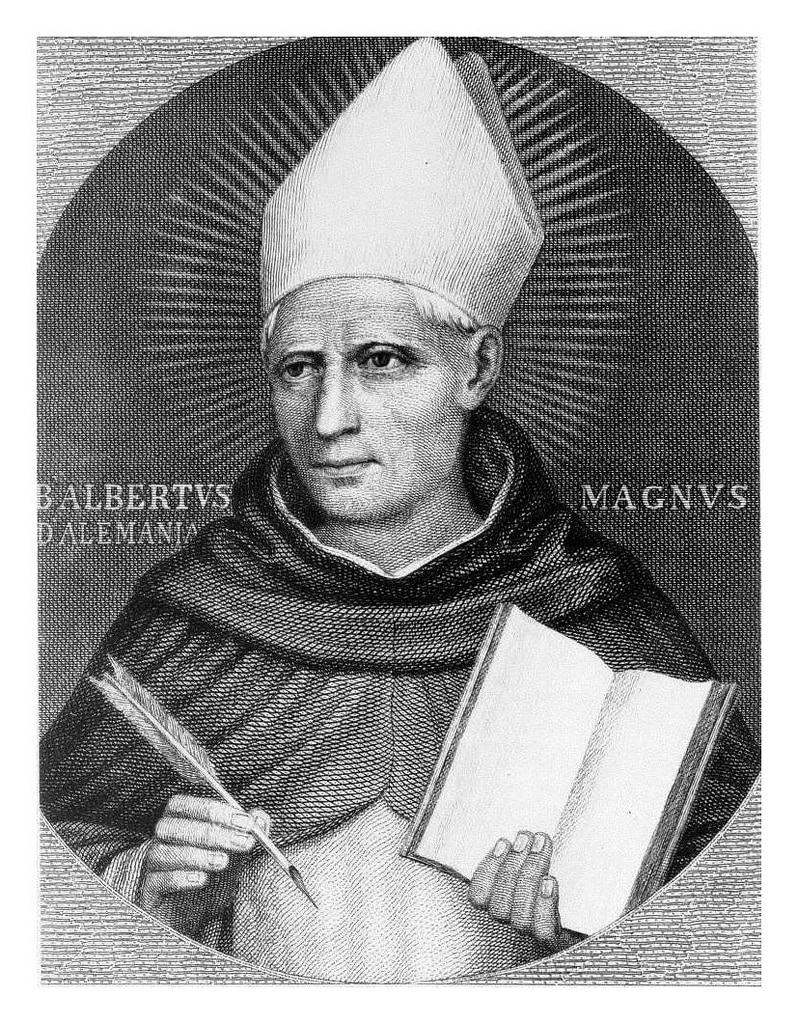Have you heard of Catholic Robots?
I like robots and droids. As you know by now, I am a geek. I love R2D2 from Star Wars, Data from Star Trek, and Will Smith’s I, Robot.
So what could excite me more than medieval robots?
Oddly enough, the liturgical calendar this week lines up two of our “robot” saints.
The Saint Didacus Robot (AD 1580s)
As I discussed in the last podcast, King Philip II of Spain had a robot created of Saint Didacus (Nov 13) in order to commemorate the cure of his son Don Carlos through the intercessions of Saint Didacus. In short Don Carlos fell down some stairs and his head swelled up like a pumpkin. He went blind and lost consciousness. The corpse of Saint Didacus was brought in and the young man was healed. I tell the whole store with some more detail in this podcast.
Philip II’s robot is a walking version of Saint Didacus. The non-existent legs are hidden under the habit and the feet are automated. The mouth moves. He also strikes his chest “mea culpa” style.
It’s eerie but fascinating. The Didacus robot is now kept at the Smithsonian. Here’s a video of the friar-droid in action:
[youtube id=”Ycyj76VPOtc”]
If you’re having trouble viewing the robot video, click here to see it.
Saint Albert the Great’s Legendary Talking Head
So you thought David Byrne of the 1980s was the first Talking Head? Well, not if you believe this strange medieval legend about Saint Albert the Great (feast day today November 15).
According to the fable, Albert the Great created a robotic automaton in the form of a brass head that would answer questions – something like the iPhone’s Siri but in the form of a brass bust). The idea is this: “There’s no way one human could know so much stuff…Therefore, Albert had a magical bronze head that taught him everything.” Crazy right?
Here’s an academic recreation of Albert the Great’s legendary talking brass head (just kidding):

(just kidding)
The reputation of Albert’s power as a quasi-magician comes from his association with the Philosopher’s Stone (wrongly named Sorcerer’s Stone in the Harry Potter Saga).*
According to the bogus Pseudo-Albertine manuscripts, Saint Albert discovered the “Philosopher’s Stone” which could be used to turn base metals into gold or alternatively create the elixir of eternal life. We know the story is fake because it explains how Saint Albert the Great passed the Philosopher’s Stone to Thomas Aquinas just before his death. The problem is that Thomas Aquinas died before Albert the Great!
Of course, Saint Albert is best-known for his greatest disciple: Saint Thomas Aquinas – patron of the New Saint Thomas Institute where we discuss cool topics like this.
Saints Didacus and Albert the Great, pray for us!
[reminder] Who’s your favorite robot? [/reminder]
* Before people start a Comments War, let me show my cards: I believe that Harry Potter books are bad news and should be avoided altogether. I know many exorcists. They are in 100% agreement that Harry Potter is spiritually toxic and have dealt with possessed people who were introduced to preternatural forces through Harry Potter. Also, regarding “the Sorcerer’s Stone,” the original British version of Harry Potter was “the Philosopher’s Stone.”
What to Watch Next
SHOP THE TAYLOR MARSHALL STORE
Dive Deeper

GET CONFIDENT IN YOUR FAITH
Explore the fascinating world of Catholic teachings with Dr. Marshall. Together you’ll unpack the brilliant answers the Church gives to tough questions about the Faith. The best part: you go at your own pace. Start this exciting journey today.


 >
>



